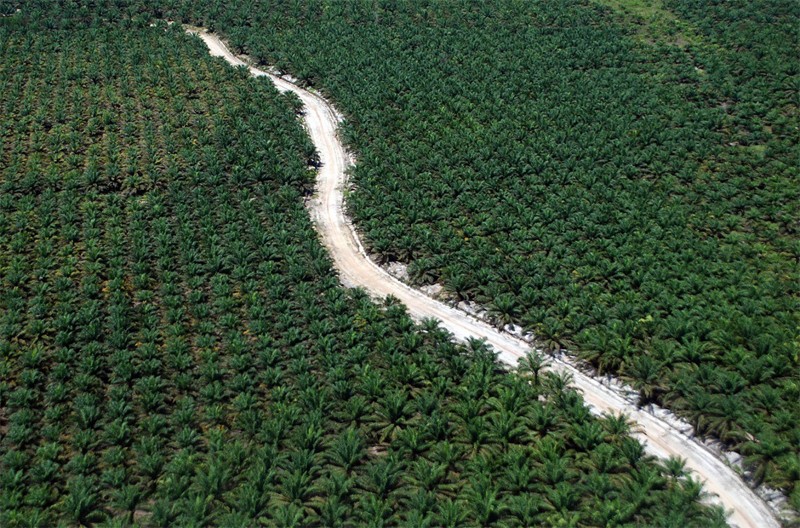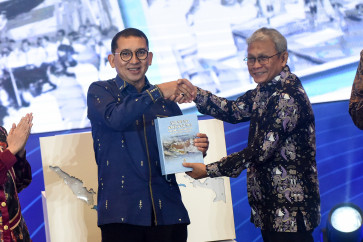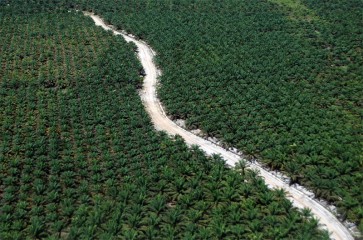Popular Reads
Top Results
Can't find what you're looking for?
View all search resultsPopular Reads
Top Results
Can't find what you're looking for?
View all search resultsPalm oil smallholders pushed to adopt sustainable practices over environmental concerns
Change text size
Gift Premium Articles
to Anyone
H
aving relied on oil palms to earn a living for decades, it never occurred to Sartono, 51, that he and hundreds of other small-scale farmers in his village in West Kotawaringin regency, Central Kalimantan, had been doing things the wrong way.
Starting from planting to repelling pests and harvesting, many of them used to rely on word-of-mouth information circulating around the then-novice farmers. As a result, the yields of their fresh fruit bunches (FFBs) yields could only total about 15 tons per hectare per year, far less than the 30 tons per ha commonly achieved by large plantation firms.
However, that all changed when the smallholders, who commonly own about 2 ha of land, started receiving training in 2017 with the help of an NGO.
Although they were reluctant at first since they couldn't see any immediate results from the training, smallholders in Sartono's village of Lada Mandala Jaya became more inclined to learn when the sessions turned out to be fruitful.
"Our yields have increased to 22 tons per ha per year now," Sartono said recently.
Increasing productivity without further expansion and implementing ecofriendly pest control are believed to be two of the pillars of a sustainable palm oil industry, which has been under scrutiny lately.
Indonesia, the world’s top palm oil producer and exporter, is currently in a trade spat with the European Union, which has been campaigning against the commodity over deforestation concerns.


















